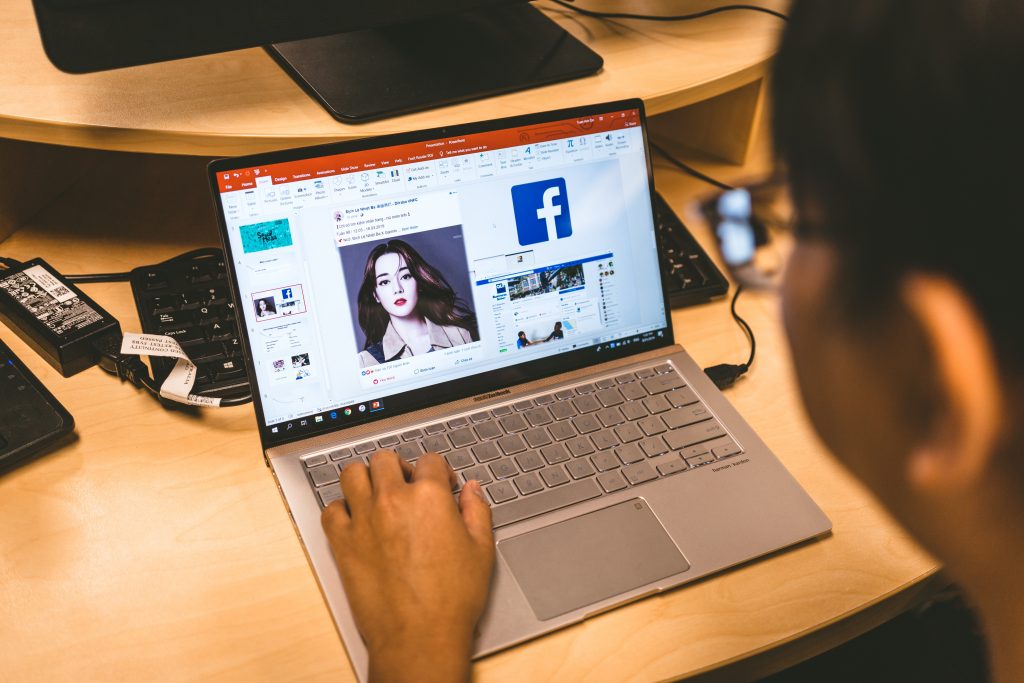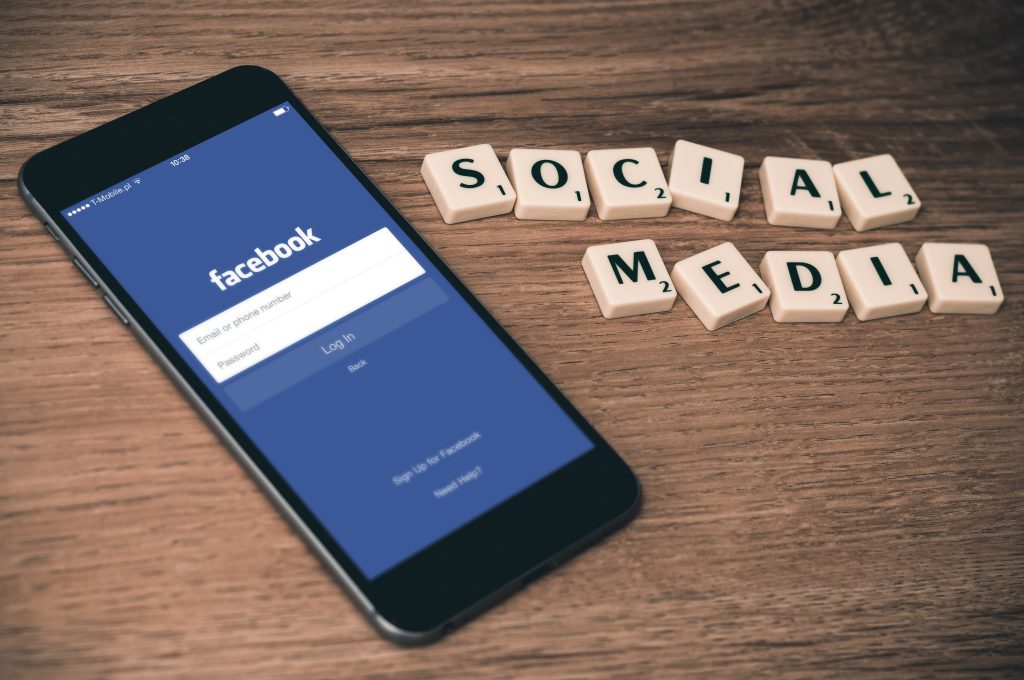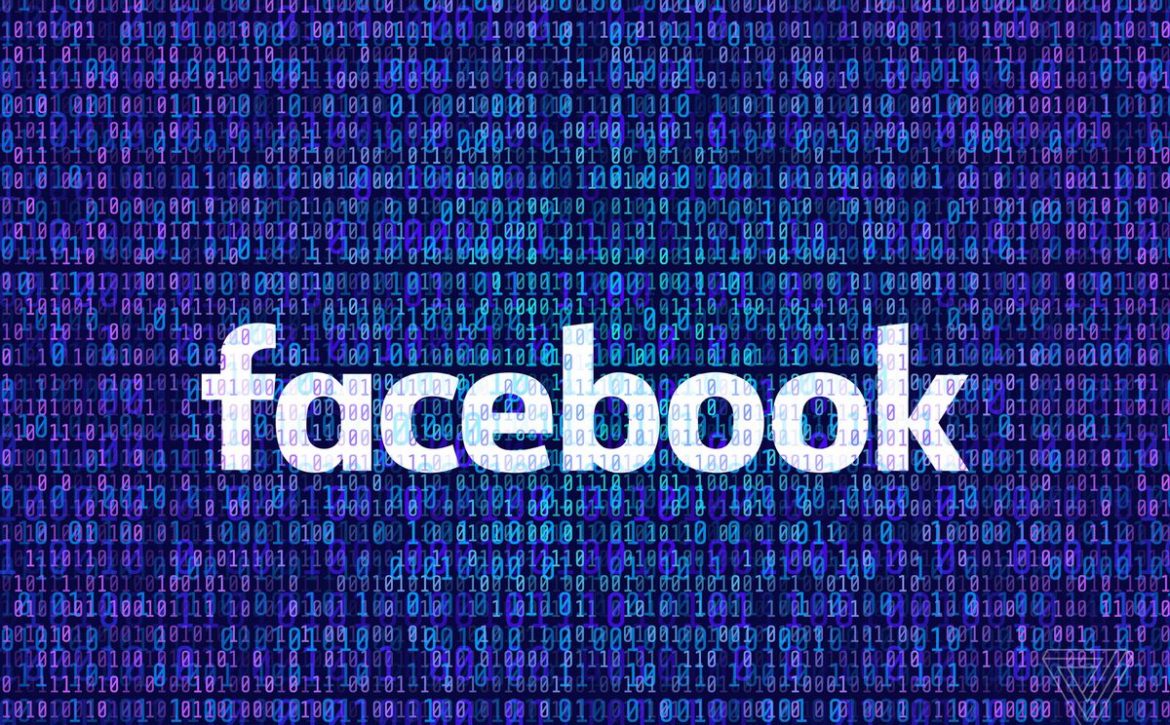Use Facebook to Increase Conversion Rates
Facebook ads get 22 billion clicks a year, and those ads reach a total of 1.6 billion active monthly users. It’s clear Facebook is an attractive channel for advertisers. Here are some methods we practice to use Facebook to increase conversion rates.
Targeting
Facebook’s targeting capabilities offer a scary amount of information – which is great for advertisers.
Facebook’s targeting options are immense, allowing you to pinpoint highly specific audiences that are likely to buy into your brand.
To make this happen, you’re going to layer targeting options to reach highly focused audiences and create ads specific to them.
Let’s say you’re a travel brand, for example. Your broad campaigns (like the one I described above) will play on the basic desire everyone has to travel, escape their job and taste luxury. You’ll also be targeting soft conversions with those campaigns – something like signing up for price updates when the hottest deals are available.
By targeting Life Events on Facebook, you can reach people who have a wedding coming up; people in the market for a honeymoon. So, instead of generic holiday ads, you target these people with offers for the ultimate honeymoon. Then, layer some demographic targeting as well to target men who are getting married, and offer them the perfect honeymoon for her.

You can use interest targeting to pinpoint couples who’ve shown an interest in cruises or other holiday types. The list of targeting options goes on and there’s almost no limit to how specific you can be. Find that sweet spot where your ads are seen by enough people to maximize leads, but guarantee they have a high possibility of converting.
Remarketing
Facebook optimizes ads for a wide range of campaign objectives. You’ll be asked what your advertising goal is as soon as you go to create an ad. This includes a Conversions objective which allows you to target new and previous visitors based on actions they take on your site, in a similar way to AdWords remarketing.
The great thing about the Conversion objective is it allows you to track a wide range of actions users take on your site and use this to a place where they are on your sales funnel. With this attribution, you can create ads designed to nudge them along the buying process.
Facebook Pixel
Facebook Pixel is a tracking code (like AdWords cookies) that allows you to track users and target them with remarketing ads. This is how you track user actions through your conversion objectives, which I mentioned earlier. Facebook Pixel essentially means you can do the following:
- Conversion tracking: See how successful your ads are by tracking the actions users take after clicking through to your site.
- Optimize bids for conversions: Automatically adjust your bids so ads show to people who are more likely to convert.
- Remarketing: Target previous visitors who didn’t convert the first time with remarketing ads.
- Reach a wider audience: Use Lookalike Audiences to reach people with similar interests as your existing customers and leads.
Custom Audiences
To create a Custom Audience you upload email lists and Facebook finds the accounts of those people, allowing you to target them with ads on Facebook. You can upload your email marketing lists and target your existing customers, whether they initially came from Facebook or not.
You can then use your Custom Audiences to create more relevant Lookalike Audiences. Don’t upload your entire email list and creating a single Custom Audience. Upload segmented lists based on the actions people took when they first signed up.



